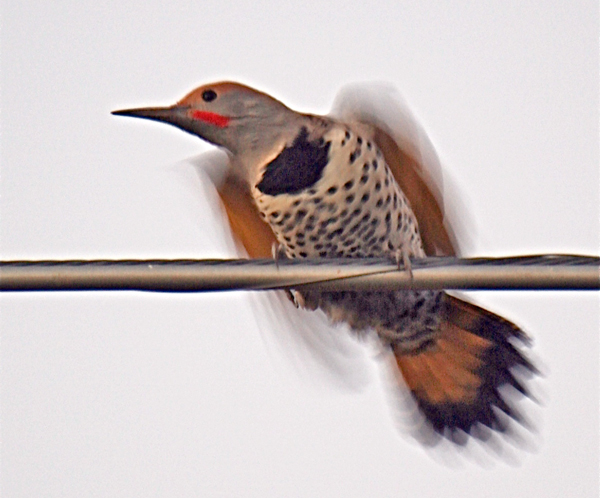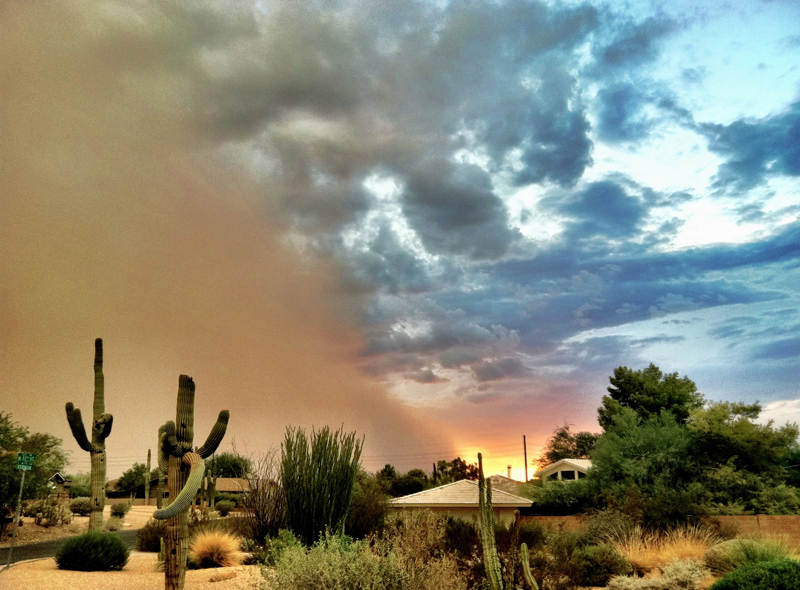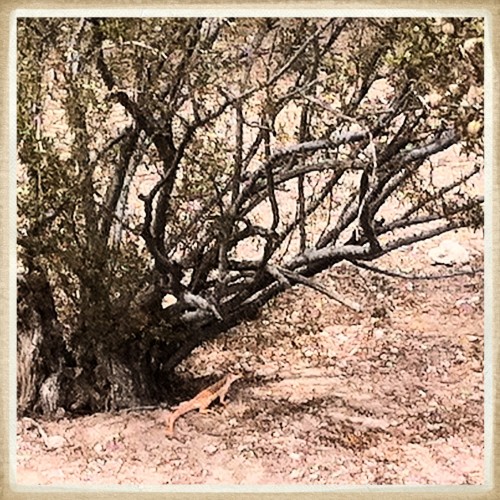 I felt like a paparazza, drawing as close as I dared, trying to hold my proper camera with the big zoom steady in the failing light. But she was calmly perched out in the open, low on our back fence, mobbed by smaller birds. Hummingbirds orbited her, scolding, like cheeky electrons, but she ignored them. She looked at me, and looked away, bored. She might be the same one I took photos of last year in our big pine tree; maybe, maybe not.
I felt like a paparazza, drawing as close as I dared, trying to hold my proper camera with the big zoom steady in the failing light. But she was calmly perched out in the open, low on our back fence, mobbed by smaller birds. Hummingbirds orbited her, scolding, like cheeky electrons, but she ignored them. She looked at me, and looked away, bored. She might be the same one I took photos of last year in our big pine tree; maybe, maybe not.
<< tonight’s Great Horned Owl, Bubo virginianus (all photos A.Shock, Canon EOS xti)
She was clutching E’s rain gauge — you can just see its acrylic rim over the fence, one of her dark talons curved over it. Tomorrow morning I’ll go out to see if she left scratches in the plastic, like the woodpeckers do scrabbling for balance on the swinging hummingbird feeders.
I had been hearing the flickers, hummers, a couple of irate mockingbirds, the pair of thrashers who live in the yard, and even a gnatcatcher for a few minutes before it occurred to me go out to see what the fuss was all about.
occurred to me go out to see what the fuss was all about.
Flickering flicker. If you’ve ever wondered why this woodpecker species is called “gilded flicker”, you can see the golden coloration under the flight feathers and tail >>
The owl was overlooking a part of the yard where the cottontails have little cover but apparently there was no action, because after a while, she made a short flight into a small palo verde that has volunteered in the alley, and sat there for a while until it grew dark, looking around at her hostile avian entourage, glaring upward at a  circling helicopter as if it were mobbing her too, yet still keeping a downward eye hoping for dinner.
circling helicopter as if it were mobbing her too, yet still keeping a downward eye hoping for dinner.
<< On the palo verde throne, fierce-footed
When last seen, she launched towards the butte into the dusk, a gray blur against the graying sky.
 Here’s the total lunar eclipse from the Phoenix area this morning, just before totality. The desert skies were clear, so that we had a wonderful dark sky view of the first half of the event. But totality began
Here’s the total lunar eclipse from the Phoenix area this morning, just before totality. The desert skies were clear, so that we had a wonderful dark sky view of the first half of the event. But totality began  right at sunrise, so just as the whole moon was shadowed, it sank in a sky too bright to see the light reappear along the upper rim. Still, it was spectacular! Above, just digital zoom on a Canon Elph; below, digiscoped on a 50mm Nikon Fieldscope. (All photos A.Shock)
right at sunrise, so just as the whole moon was shadowed, it sank in a sky too bright to see the light reappear along the upper rim. Still, it was spectacular! Above, just digital zoom on a Canon Elph; below, digiscoped on a 50mm Nikon Fieldscope. (All photos A.Shock)













